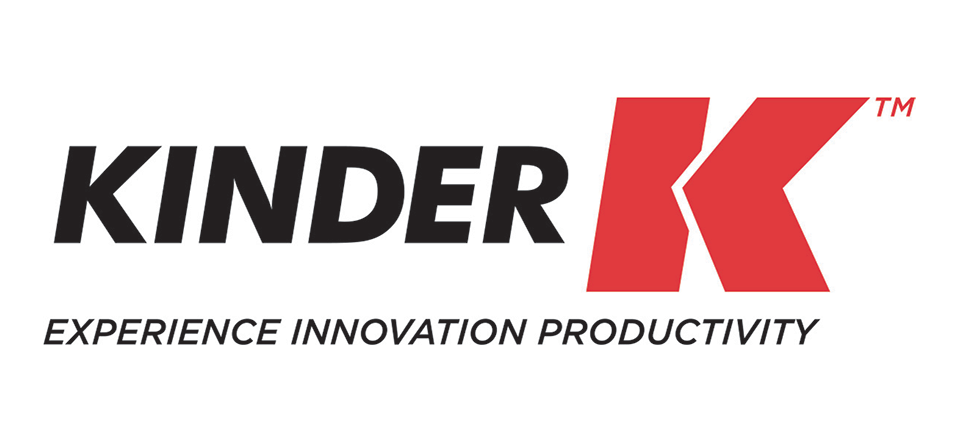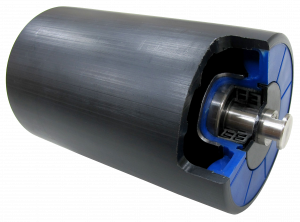Revealing the Strength of Rubber Lagging Conveyor Pulleys
In the materials handling industry, the unacknowledged heroes are often the components working tirelessly behind the scenes. Among these, rubber-lagging Conveyor Pulleys stand out as essential elements that play a crucial role in ensuring the smooth and efficient movement of goods.
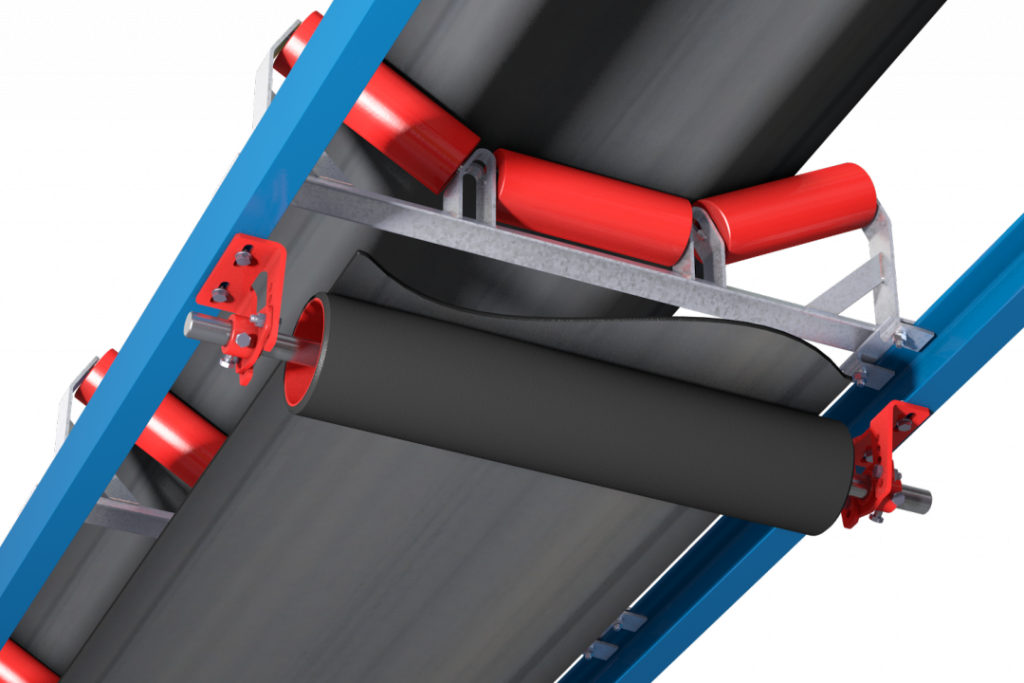
In the materials handling industry, the unacknowledged heroes are often the components working tirelessly behind the scenes. Among these, rubber-lagging Conveyor Pulleys stand out as essential elements that play a crucial role in ensuring the smooth and efficient movement of goods. Despite their unassuming appearance, these pulleys possess a remarkable strength that significantly contributes to the overall performance and longevity of conveyor systems but one major problem is the wear of belting & lagging.
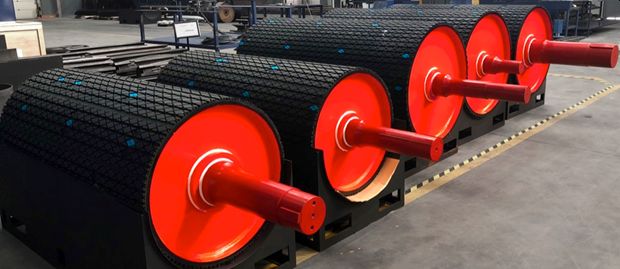
Understanding Rubber Lagging Conveyor Pulleys
Conveyor pulleys are fundamental to the functionality of conveyor systems, responsible for guiding and supporting the conveyor belt. Rubber lagging, a layer of rubber applied to the surface of the pulley, serves as a protective and traction-enhancing coating. This seemingly simple addition transforms an ordinary pulley into a robust and high-performance component.
Strengths of Rubber Lagging Conveyor Pulleys
Enhanced Traction
Rubber-lagging significantly improves traction between the conveyor belt and the pulley. This increased grip prevents slipping and ensures the efficient transfer of power from the pulley to the belt. Enhanced traction is particularly crucial in applications where heavy loads or steep inclines are involved.
Abrasion Resistance
Conveyors often operate in harsh environments where abrasive materials can wear down components over time. Rubber lagging acts as a protective barrier, offering exceptional resistance to abrasion. This resilience extends the lifespan of both the pulley and the conveyor belt, reducing maintenance costs and downtime.
Noise Reduction
The interaction between the conveyor belt and pulley can generate noise, impacting the overall working environment. Rubber lagging dampens vibrations and reduces noise levels, creating a quieter and more pleasant workplace. This is especially beneficial in industries where noise control is a critical consideration.
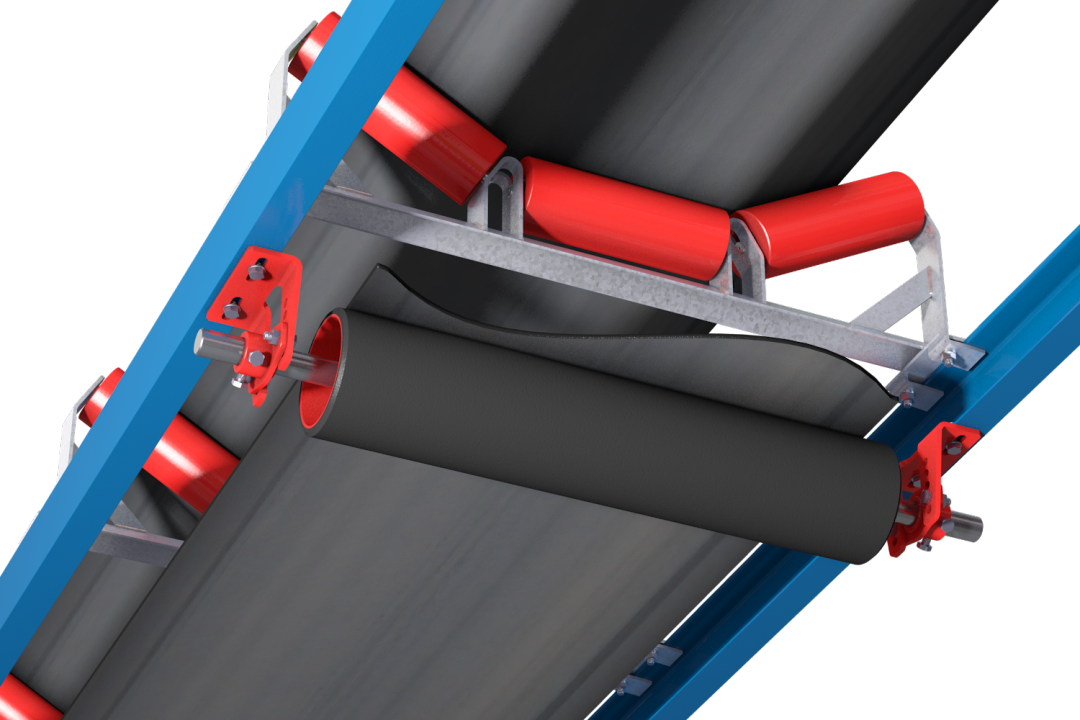
Corrosion Protection
In environments with high humidity or exposure to corrosive substances eg. the Australian Mining Industry, conveyor pulleys are susceptible to corrosion. Rubber lagging provides a protective layer, shielding the pulley surface from moisture and corrosive elements. This corrosion resistance adds to the durability of the pulley and extends its operational life.
Adaptability to Various Conditions
Rubber lagging is versatile and can be customised to suit different applications. Manufacturers can vary the type and thickness of rubber to meet specific operational requirements, making it adaptable to a wide range of conveyor system configurations and industries.
The strength of rubber-lagging conveyor pulleys lies in their ability to enhance the overall performance, reliability, and longevity of conveyor systems. By providing increased traction, abrasion resistance, noise reduction, and corrosion protection, rubber lagging ensures that conveyor systems operate smoothly and efficiently, even in challenging conditions.
As industries continue to evolve and demand higher standards of performance, the role of rubber-lagging conveyor pulleys becomes even more so important. Recognising and appreciating the strength of these unassuming components is key to the efficiency and longevity of conveyor systems across diverse applications, especially the mining industry.
Related Products
Conveyor Rollers & Pulleys
